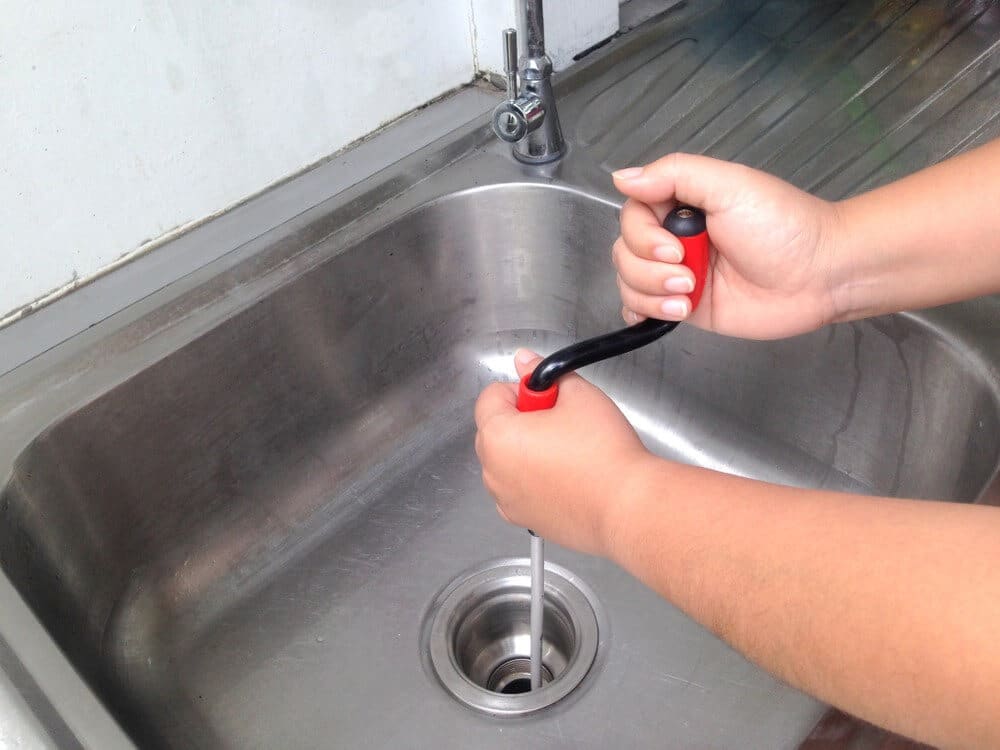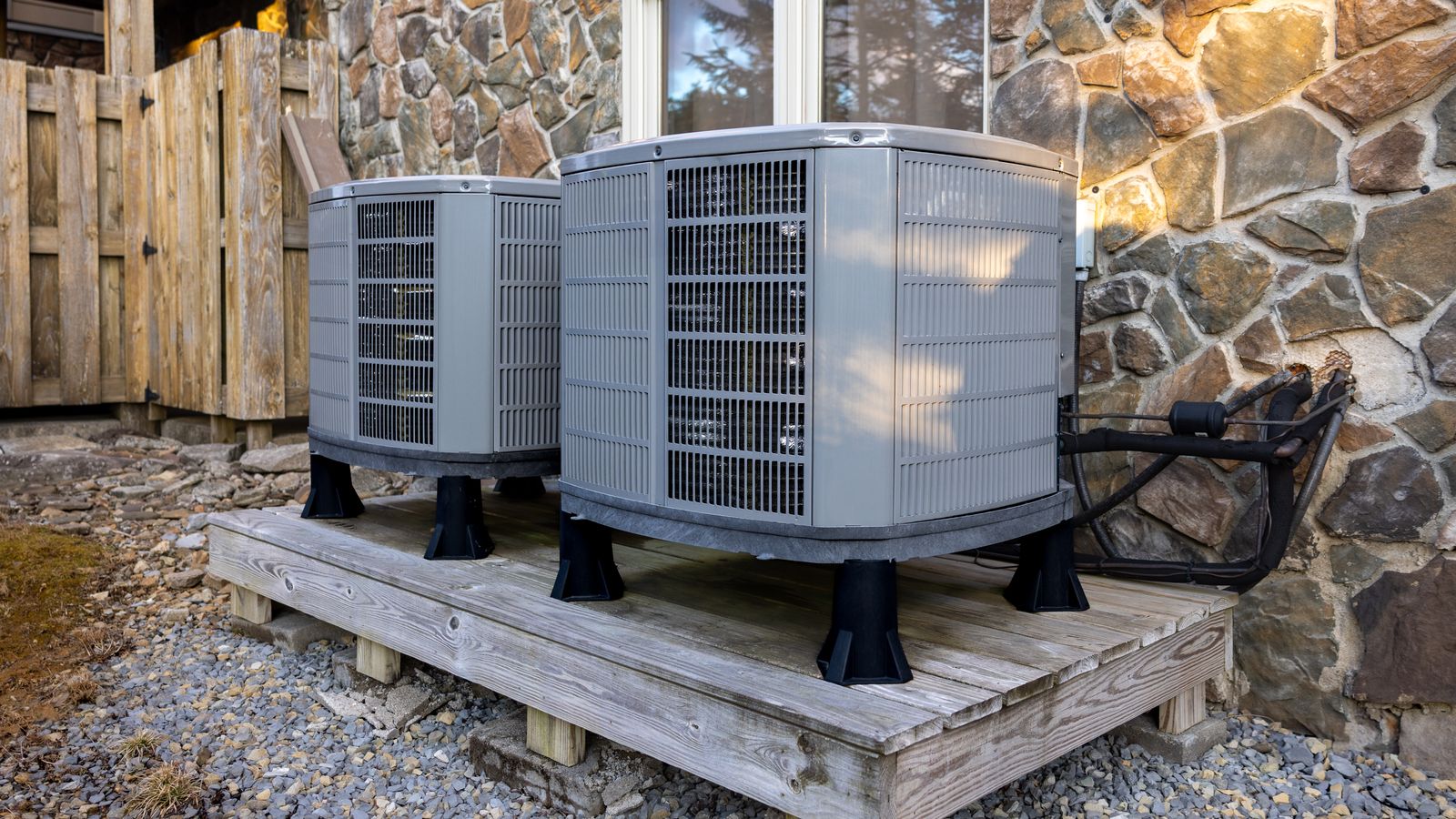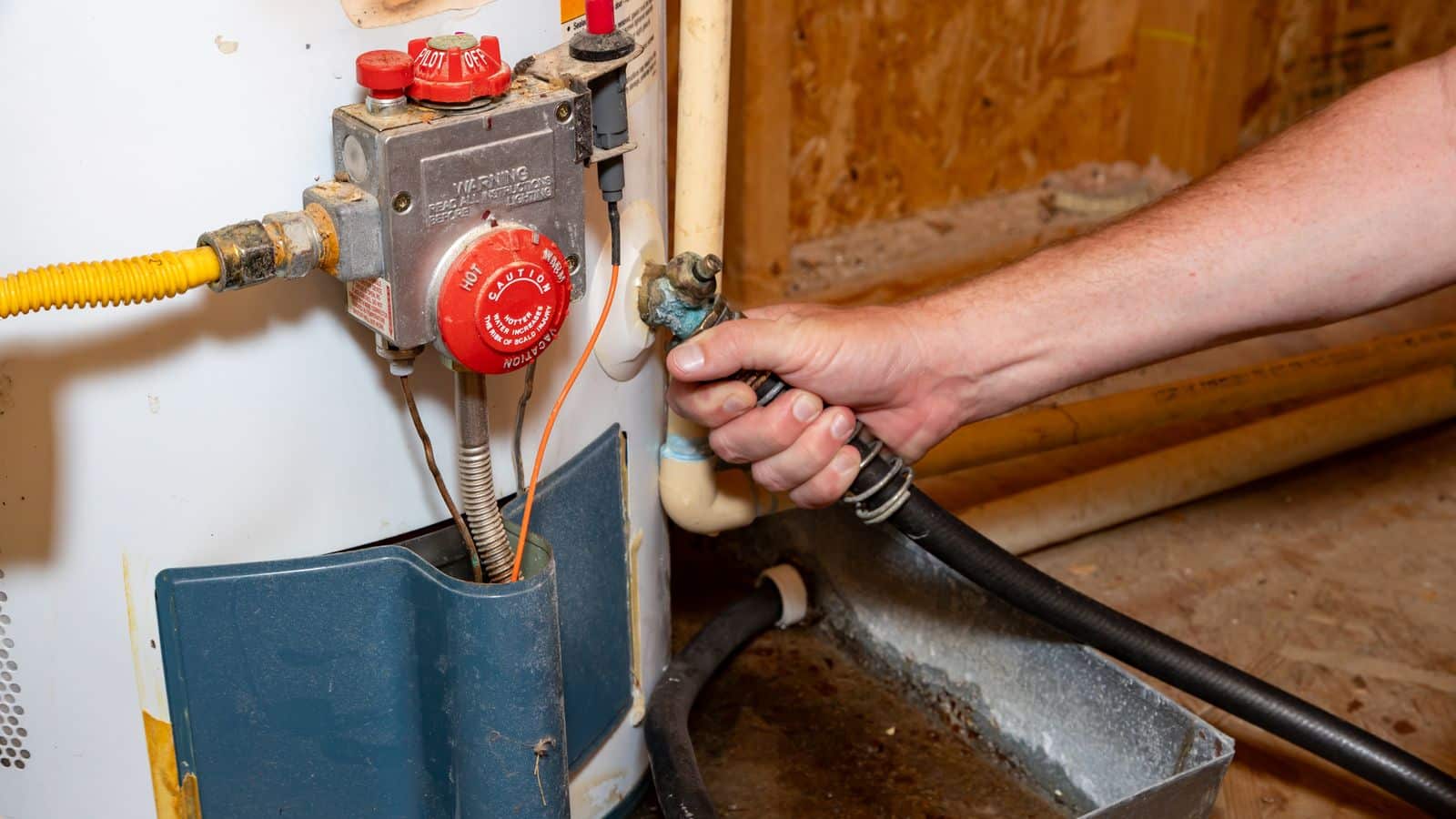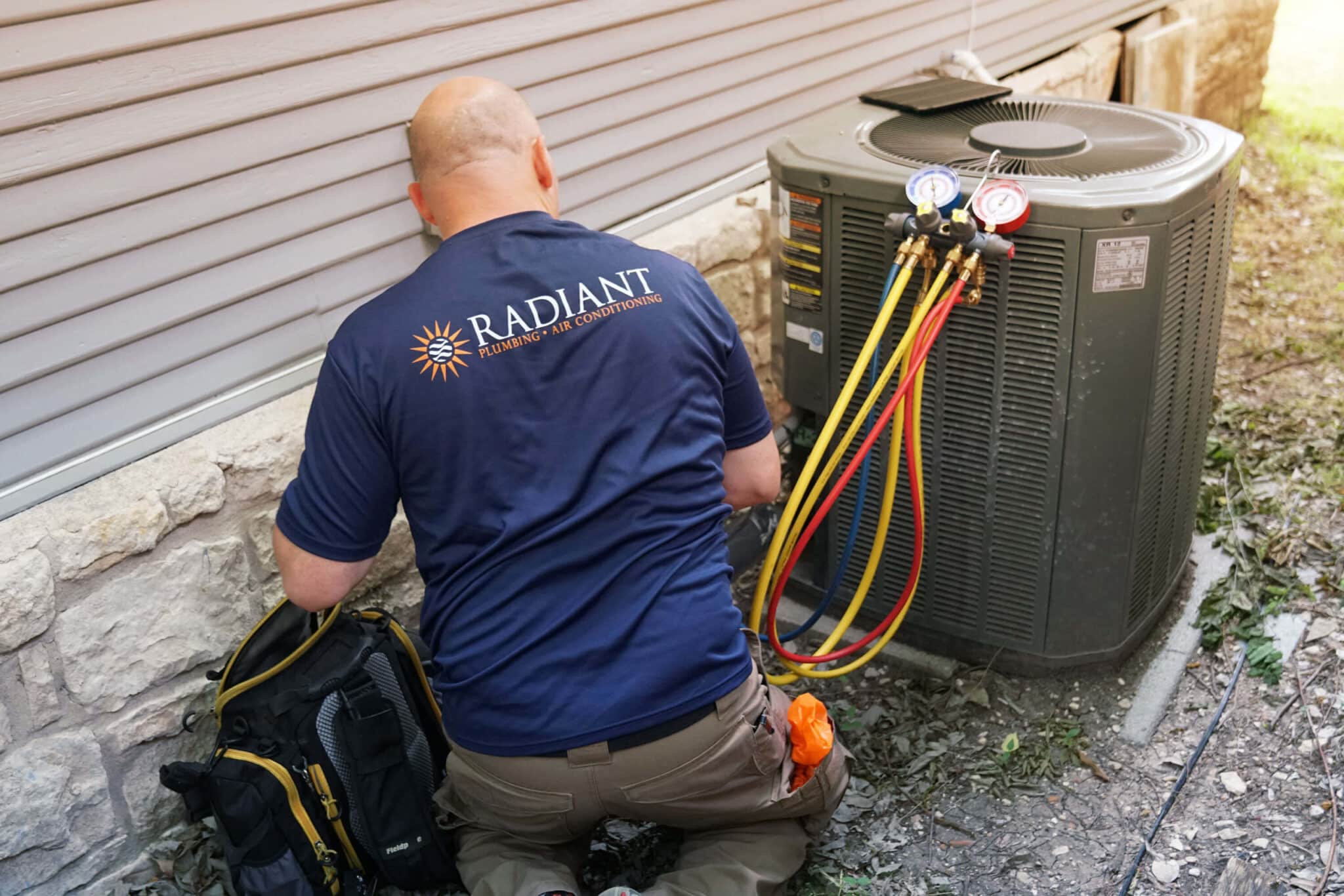A clogged drain can be a real nuisance. Whether it’s your kitchen sink, bathroom sink, or shower drain — you need the drain to perform correctly on a daily basis.
A plumber’s snake is a very useful tool when it comes to dealing with clogged drains. Courtesy of Radiant Plumbing, the leading source for drain replacement service in Austin, San Antonio, and other nearby areas, here is a step-by-step guide for using a plumber’s snake the next time your drain is clogged!
Keep in mind, you can always call the experienced team here at Radiant — especially for major clogs or larger items.
How to Use a Plumbing Snake
When you have a clog or blockage, a plumbing snake is a great tool to get started. Essentially, this is a metal cable that has the flexibility to move throughout your drains safely. In order to eliminate the offending blockage, an auger is attached to one end of the cable and a handle on the other end to coil and uncoil the auger. The handle also helps you get a good hold as you insert the snake into the drain.
With all that said, you may be asking yourself, “How exactly does a drain snake work?” Basically, the average 50-foot length of the snake is slowly threaded through the drain until it encounters a blockage. Then, the auger is uncoiled until it breaks through the obstruction and recoiled to collect the debris within the tool itself.
1. Prep The Area
Before you get started, grab gloves and a large towel you won’t mind getting dirty. Lay down the towel so it covers the work area adequately — this is especially important if you choose to remove the p-trap because unclogging a drain can get messy. Make sure you dress accordingly and give yourself enough space to move freely, given the work involved.
Remove the drain valve from the sink or the overflow valve from the tub so that the opening is large enough for the auger (the drilling device at the end of the snake).
Optional Step
There are a few more steps you can take, depending on what drain you’re trying to clear and what you’re comfortable doing.
If you’re working with a sink drain, you can choose to remove the p-trap, which is the curved pipe underneath the sink that prevents sewage gases from leaking into the home. Use an adjustable wrench to loosen the pipe, then take it off with your hands.
Once removed, inspect thoroughly for the blockage. If you discover the problem there, you won’t need to snake after all!
If the p-trap is clear, you can remove the trap arm, which is located between the p-trap and the wall pipe. This is responsible for keeping the p-trap where it needs to be. To get this loosened, you’ll want to first see if there is a metal or plastic nut connecting it to the wall. If not, the trap arm may be glued in place, so you should not try to remove it.
If you’re able to get the trap arm off, take a peek inside for any possible causes of obstruction. If you can see the culprit, try to remove it yourself before using the plumbing snake.
2. Feed The Plumbing Snake Into The Drain
Once you have the space ready for the job, begin by slowly feeding the plumbing snake into the drain entrance. Be careful not to push too hard or force the snake inside as this could damage the pipe. Continue to hand-feed the cable into the drain as far as it will go until you feel resistance. This means you’ve either successfully hit the clog or reached a bend in the plumbing. Either way, make sure to leave about 6” of cable showing between the drain and the snake housing or handle.
3. Crank The Handle
As soon as the plumbing snake reaches the blockage or a turn in the plumbing layout, crank the thumbscrew to lock it in place and prevent the tool from coming back up sooner than necessary. Next, crank the handle to turn the drum, which will spin the plumbing auger and push it through the clog. While doing so, keep the snake handle near the pipe entrance.

4. Apply Pressure To The Cable
As you crank the handle, be sure to apply the right amount of pressure to the cable auger so the snake does not spin. Be careful with this step, as too much pressure can cause the auger to pierce and damage the pipe.
5. Work The Thumbscrew
You’ll need to work the thumbscrew as you crank the handle and feed the cable deeper into the drain. To do so, crank the handle a few times while pushing forward. When you get closer to the drain, loosen the thumbscrew, pull out about 6” of cable, tighten the thumbscrew again, and resume turning it. Continue repeating this as you gain more traction in the drain.
6. Clear The Blockage
Once you reach the blockage, continue applying pressure. The snake should grind through the clog — you’ll know that you have successfully pierced the clog once the tension releases.
7. Remove The Snake
When the snake is ready to remove, simply pull it back and allow it to rewind into the housing, or simply pull it out if there is no housing. To avoid injury, you might want to wear gloves or use a rag to grip the cable as you pull it out.
8. Run The Water
Before cleaning up, test the drain by running water (at maximum pressure) for a few minutes to ensure the clog has been eliminated.
If you didn’t see the cause of the clog come out during these final steps, know that it may have broken down in the drain.
Plunger Vs. Plumbing Snake Vs. Hydro Jetting for Clogged Drains
When you’re faced with a plumbing issue, there are a few tools you can use to resolve the problem yourself.
Typically, a plunger is best for any surface issues, whereas a plumbing snake can grasp clogs and backups that live further down the drains. While there are different types of plungers available on the market, a plumbing snake may produce overall better results in most situations. Even so, it doesn’t hurt to have a plunger around!
For the best results, consider professional hydro jetting services for your clogged drains. Hydro jetting uses highly pressurized water to clear a backed-up drain quickly and efficiently. It’s important to have an expert plumber perform this service, as the stream needs to be pushed down your pipes in a safe manner. With that said, this is the most effective drain cleaning method and it’s definitely worth considering if you find that your drains need a bit more work.
Avoid a Clogged Drain in the Future
Here are a few helpful tips to consider when it comes to general drain maintenance.

Of course, there’s no need to rely entirely on this guide alone to unclog your drain. Ultimately, your clogged drain may need some more expertise than what you could do on your own. While this blog is a great resource for how to use a drain snake, sometimes it’s best left to the professionals at Radiant! To schedule an appointment for drain cleaning or repair, don’t hesitate to give our team a call today. Our coverage spans from Castle Hills and Hollywood Park, to Highland Hills and beyond. In recent years, we’ve been able to expand further into New Braunfels and San Marcos. Serving our local communities is our top priority. As Texas continues to grow, so does our service area!







